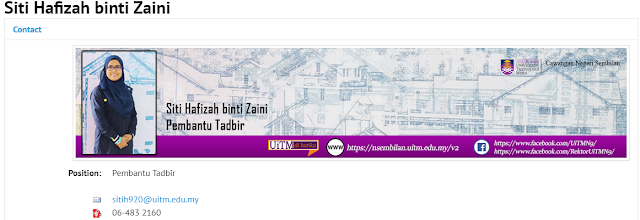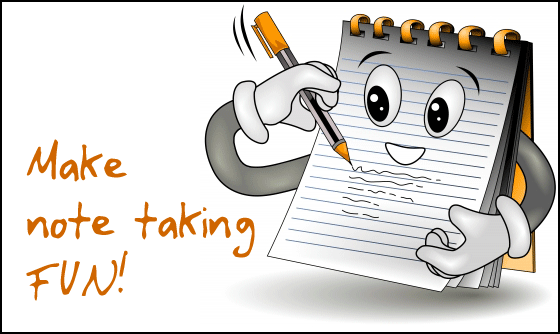TOPIC 5 ; MEMORY, LEARNING & IMPROVING CONCETRATION
❤️Human are the best creation and we are given intelligence.
3 TYPES OF MEMORY
1) Sensory Memory
🔷Numerous incoming information form 5 sense will be stored in sensory memory for an instant.
2)Short-term Memory
🔷Our short term memory have only limited storage. The information must be repeated in order to get information to long-term memory.
3) Long-term Memory
🔷Our long term memory is unlimited and have large storage. if the information is not being used for long time, the information will be lost.
WAYS TO IMPROVE OUR MEMORY STRATEGIES
🌎 Manage your time wisely
🌎 Repeat the information many time
🌎 Elaboration strategies
🌎 Organize the material
🌎 Comprehension monitoring strategies
Organizational Strategies
An organizational strategy is the sum of the actions a company intends to take to achieve long-term goals. Together, these actions make up a company’s strategic plan. Strategic plans take at least a year to complete, requiring involvement from all company levels. Top management creates the larger organizational strategy, while middle and lower management adopt goals and plans to fulfill the overall strategy step by step. This unified effort to can be likened to a journey. Daily challenges such as road conditions must be overcome to complete sequential legs of the journey, which eventually lead to the ultimate destination.
The first thing to do in organizing things is to first group them into a few sections. Then it will be much easier for u to organize them. This is because it may be seen much more clearly and things are not mixed up. For instance, when organizing a shoes warehouse sale that you will be receiving in a bulk and thing are all mixed up with different designs, sizes and also range of prices. First things first, group them according to their design. Next, put the shoes in order to the size, its either from big to small or from small to big. Last but not least, to organize everything and make sure that everything is neat and tidy.
Concentration Strategies
Concentration is the ability to direct one’s attention in accordance with one’s will. It means control of the attention. It is the ability to focus the mind on one subject, object or thought, and at the same time exclude from the mind every other unrelated thoughts, ideas, feelings and sensations.
It also means the ability to do one thing at a time, instead of jumping from one subject to another and losing attention, time, and energy.
The ability to command the mind and control the attention is not common, and requires training. Most people lack the ability to control their attention and focus the mind exclusively on one subject for any length of time. They can’t command their mind to concentrate, whenever they want to. However, concentration is not uncommon activity. It happens almost everyday, to almost everyone, but it is more of a spontaneous and uncontrolled ability.
 Causes of poor concentration:
Causes of poor concentration:
- Tiredness and emotional stress
- Hormonal changes such as having menopause ad pregnancy
- Lack of sleep
- Electrical hypersensitivity
- Brain tumor
Ways to improve concentration
⌛ Pay attention – You cannot take in information unless you are paying attention, and you cannot memorize information unless you are taking it in. Get enough food and sleep and avoid distractions such as a background radio or television.
⌛ Understand information – Try to understand more complex material before you try to remember it. If possible, summarize the material in your own words and write or type out your summary. Reorganize the material or your summary of the material so that it is easier to remember. By manipulating the information in this way, you are forcing yourself to think about it actively.
⌛ Exercise your mind – Mental challenge can help to create new wire connections in the brain, which makes it more effective and more resistant to memory disorders. So, find new hobbies such as read novels, listen to musics, dancing or yoga! In my opinion, by going to the beach can help cutting off all the stress & bring up my positive vibes back. Surely the beach sound and the scenery really picture a big impact to myself.
CONCENTRATION CHART
READING TEXT


Reading text is the ability to process text, understand its meaning, and to integrate it with what the reader already knows.
Reading can help us to gain knowledge and more information that u cant experience in real life. Everything you read fills your head with new bits of information, and you never know when it might come in handy. The more knowledge you have, the better-equipped you are to tackle any challenge you’ll ever face.
Futhermore, the more you read, the more words you gain exposure to, and they’ll inevitably make their way into your everyday vocabulary. Being articulate and well-spoken is of great help in any profession, and knowing that you can speak to higher-ups with self-confidence can be an enormous boost to your self-esteem. It could even aid in your career, as those who are well-read, well-spoken, and knowledgeable on a variety of topics tend to get promotions more quickly (and more often) than those with smaller vocabularies and lack of awareness of literature, scientific breakthroughs, and global events.
Reading can lead to a better writing skills. This goes hand-in-hand with the expansion of your vocabulary: exposure to published, well-written work has a noted effect on one’s own writing, as observing the cadence, fluidity, and writing styles of other authors will invariably influence your own work. In the same way that musicians influence one another, and painters use techniques established by previous masters, so do writers learn how to craft prose by reading the works of others.
 VISUAL LEARNERS needs to see information. The visual learning style, often referred to as the spatial learning style, is a way of learning in which information is associated with images.This learning style requires that learners first see what they are expected to know. People with a visual learning style are often referred to as visual-spatial learners.
VISUAL LEARNERS needs to see information. The visual learning style, often referred to as the spatial learning style, is a way of learning in which information is associated with images.This learning style requires that learners first see what they are expected to know. People with a visual learning style are often referred to as visual-spatial learners. KINESTHETIC LEARNERS need to be physically active and doing things. If your preferred style is kinesthetic, you are a hands-on learners. You have good coordination and learn by doing.You generally have an active what is approach to learning.
KINESTHETIC LEARNERS need to be physically active and doing things. If your preferred style is kinesthetic, you are a hands-on learners. You have good coordination and learn by doing.You generally have an active what is approach to learning. For this test, my highest score is auditory and visual styles. So, this basically shows that i am learning through listening and observing things.
For this test, my highest score is auditory and visual styles. So, this basically shows that i am learning through listening and observing things.






































 Causes of poor concentration:
Causes of poor concentration:


 Reading text is the ability to process text, understand its meaning, and to integrate it with what the reader already knows.
Reading text is the ability to process text, understand its meaning, and to integrate it with what the reader already knows. 









